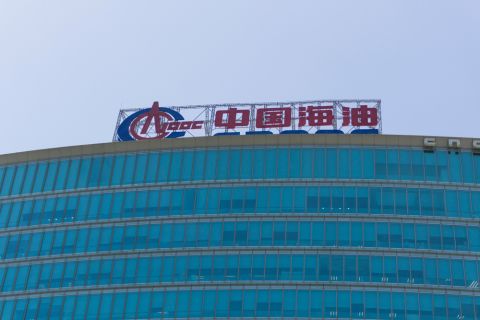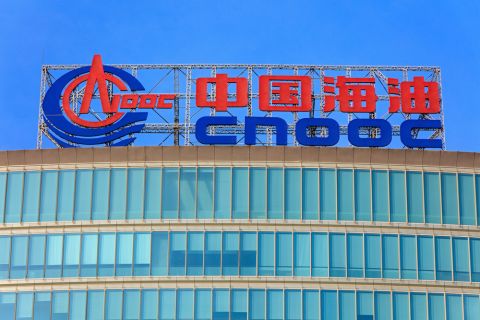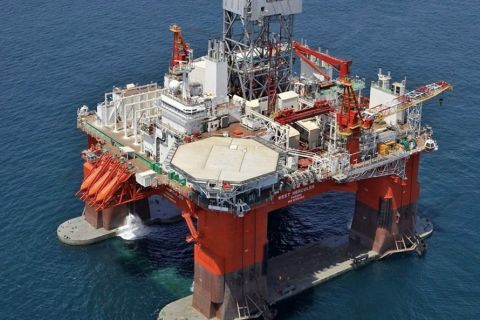 |
| The testing environment for Experiment 2 was used to determine how much value was added as a result of 3-D interaction. (Images courtesy of TerraSpark) |
Heard on the street: “I see what you mean.” “Seeing is believing.” These phrases illustrate the pervasive nature of understanding based on sight. Visualization is the graphical presentation of data in an intuitive fashion to reveal new insights. Three-D visualization is an attempt to present data intuitively so that the data looks more realistic and behaves as a normal 3-D object would. Large-scale visualization is one venue for analyzing complex 3-D seismic data.
Over the past 10 years, many large-scale visualization systems have been installed and then later decommissioned, primarily due to a lack of hard evidence to justify their upkeep based on the value that is derived from their use. Much anecdotal evidence exists on the value of collaborative communication, but this can be a fairly weak basis to request support for a large visualization system. Questions that need to be answered include:
• Is there any value gained by using large-scale 3-D visualization in exploration and development, and if so, how much?
• How is this benefit derived?
• Does all of the benefit derive from multidisciplinary teams collaborating in a “team room?”
• Can the investment in the visualization system be justified?
Toward this end, five studies have been conducted since 2002, collecting hard data to determine the value of 3-D visualization for directional well path planning, focusing on answers to these questions:
1. Does a large-scale motion-tracked immersive environment provide added value over a desktop display?
2. How much of the added value is associated with the ability to interact in 3-D with the data as opposed to 2-D interaction (mouse on a desktop)?
3. Is the value added by 3-D interaction the same for domain experts as for novices?
4. Does a four-wall immersive environment add value compared to using a large single wall system?
5. Does 3-D stereoscopic visualization add any value over non-stereoscopic display?
Qualifying value
The first of these experiments focused on quantifying the intrinsic value of large-scale 3-D visualization compared to desktop visualization. Each participant planned two well paths on a desktop workstation with a stereoscopic display and two well paths in a CAVE-like immersive environment (a Mech-dyne MD-Flex). The tasks were ordered to average out the effects of training. Solutions were graded for “correctness” and “efficiency,” in which a correct solution was defined as a final well path that satisfied criteria for allowed tortuosity and collision risk. Efficiency was determined by measuring the time required to achieve a correct solution.
Figure 1 shows a representative setup for these experiments in an immersive visualization environment (IVE). The existing well paths are displayed with pink uncertainty cones. Platforms and target locations for the individual well path planning tasks were pre-selected to provide tasks of varying difficulty.
Studies 2 through 5 were patterned after the first study using the same software, data, and general experiment design. Different test subjects were used in each study, ranging in number from 16 to 25. Subjective feedback from the subjects was also recorded (e.g., on the preferred interface device in studies 2 and 3, on display size in study 4, and stereo display in study 5).
In the first study 15 of the 16 participants completed wellpath editing tasks faster in the IVE than in the desktop environment (Figure 2 top). There was also a statistically significant increase in the number of correct solutions in the IVE (Figure 2 bottom). These results indicate that an IVE allows faster and more accurate complex three-dimensional problem solving.
Additional tests
 |
| Results of Experiment 1 showing shorter solution times and more correct solutions in the IVE. |
These first results indicated that an IVE is a preferred environment for solving a 3-D design engineering problem. However, several individual aspects of the IVE might be responsible for the improved performance. Additional experiments were planned to determine which of these aspects provided the most benefit — stereo vs. non-stereo display, 3-D interaction vs. 2-D interaction, multiple walls vs. single walls, head tracking vs. no head tracking, or some combination of these factors.
The next two experiments tested 3-D vs. 2-D interaction devices. Experiment 2 tested individuals with no experience in well path planning, while Experiment 3 tested “domain experts,” defined as individuals who work in exploration and development. In both cases, the 3-D wand was the preferred device for both speed and accuracy, enabling test subjects to achieve solutions more quickly than the 2-D mouse and keyboard.
The total average test time using a 2-D mouse and keyboard was 25% greater for domain experts and 10% greater for subjects with no well planning experience as compared to completion times using the 3-D wand.
Accuracy results for novice subjects strongly favored the wand over the mouse, with the wand giving advantages of 10 - 25%, while results for domain experts showed no statistically significant difference in accuracy between the two input devices. Subjects in both experiments expressed a preference for the use of the wand over the mouse.
In Experiment 4, a single-wall system was compared to an IVE using 25 test subjects. A 15% reduction in time was realized, and accuracy was improved by about 9% when working in the four-wall environment compared to a single wall. Subjects rated the four-wall system as twice as easy to use as the single-wall display.
In Experiment 5, stereo and non-stereo displays were compared for a single screen. Due to time limitations, less test data was collected, and since the test suite of problems was not adequate to eliminate training effects, these results should be considered preliminary. Fifteen test subjects took 20% longer to complete the test cases in the non-stereo viewing environment compared to the stereo environment. Improvements of 18% in final complexity values occurred for most subjects working in a non-stereo viewing environment compared to the stereo display results.
The numbers talk
Quantitative results support the anecdotal evidence for improved wellpath planning in large-scale visualization environments. Results from Experiment 1 clearly indicate that there is significant added value in performing wellpath planning in large visualization environments over desktop systems in terms of improved efficiency and accuracy of the results. Experiments 2 and 3 demonstrate that 3-D interaction provides a part of that improvement in efficiency and accuracy. Experiments 4 and 5 show that immersion in a four-wall environment and using stereoscopic displays also contribute to improvements.
A number of other factors remain to be tested in future experiments. The quantitative value of head tracking has not yet been established. None of the experiments conducted to date directly address the value of large curved-screen environments. Also, Experiment 5 should be repeated with a broader suite of tests to properly average out the effects of training.
Acknowledgements:
These quantitative studies in the value of visualization performed at TerraSpark Geosciences LP and at the BP Center for Visualization have been supported by a number of companies. The support of ExxonMobil, ENI, BP, Chevron, and Earth Decision Sciences (now Paradigm) is gratefully acknowledged. Special thanks go to ExxonMobil for its support of the last two studies, which were conducted in its visualization center at the Upstream Research Center in Houston.
Recommended Reading
Sinopec Brings West Sichuan Gas Field Onstream
2024-03-14 - The 100 Bcm sour gas onshore field, West Sichuan Gas Field, is expected to produce 2 Bcm per year.
CNOOC Makes 100 MMton Oilfield Discovery in Bohai Sea
2024-03-18 - CNOOC said the Qinhuangdao 27-3 oilfield has been tested to produce approximately 742 bbl/d of oil from a single well.
CNOOC Finds Light Crude at Kaiping South Field
2024-03-07 - The deepwater Kaiping South Field in the South China Sea holds at least 100 MMtons of oil equivalent.
Orange Basin Serves Up More Light Oil
2024-03-15 - Galp’s Mopane-2X exploration well offshore Namibia found a significant column of hydrocarbons, and the operator is assessing commerciality of the discovery.
Chevron’s Tengiz Oil Field Operations Start Up in Kazakhstan
2024-04-25 - The final phase of Chevron’s project will produce about 260,000 bbl/d.





